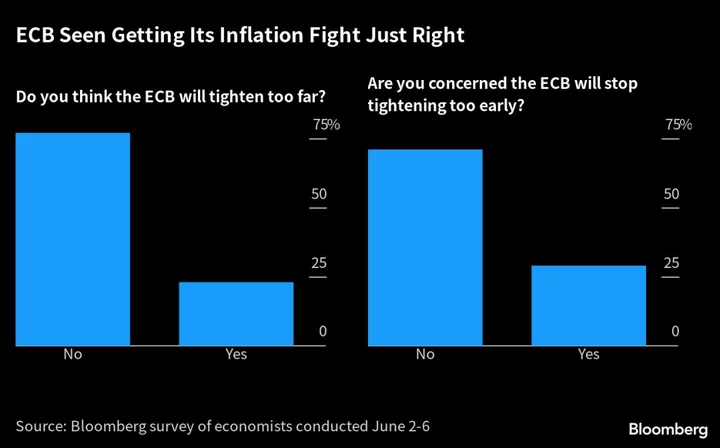A “doomsday” scenario for the Manhattan office market would only result in a modest property tax revenue shortfall for New York City, according to city Comptroller Brad Lander.
If the value of office properties decline 40% from 2023 to 2029, there would be a revenue shortfall of $322.7 million in the fiscal year 2025 beginning July 1 2024, a report released on Tuesday by Lander said. The shortfall would increase to $1.1 billion in fiscal 2027, which makes up only 3% of the total property tax levy, or 1.4% of city tax revenues.
Real estate taxes are the biggest contributor to New York City’s coffers, providing about 30% of the revenue for its $109 billion budget. Offices account for 20% of the city’s property tax revenue and 10% of overall revenue. As businesses shift to remote or hybrid work for many jobs, New York office vacancies reached a record 22.7% this year, raising concern about the impact on tax collections.
Lander’s worst-case scenario was based on a recent study by researchers at NYU Stern School of Business and Columbia University Graduate School of Business, which found that a decrease in lease revenue, renewal rates, occupancy and office rent would cut the value of office buildings in the city by 44% over the next six years.
Based on that analysis, the comptroller assumes that office market values would decrease 6% annually from fiscal 2025 through fiscal 2027, with further declines until 2031. The city values office buildings based on prior year net operating income.
“While New York City’s economy overall has rebounded from its pandemic lows, office space utilization remains depressed,” the report said.
Author: Martin Z. Braun









